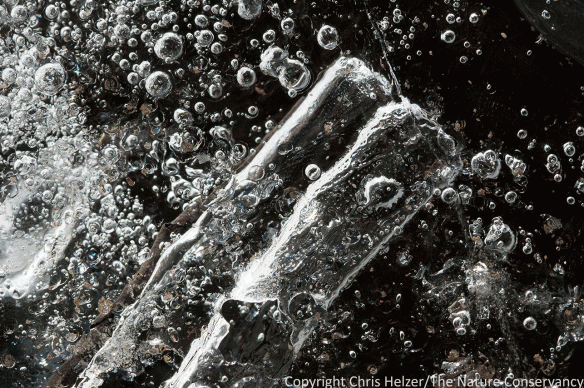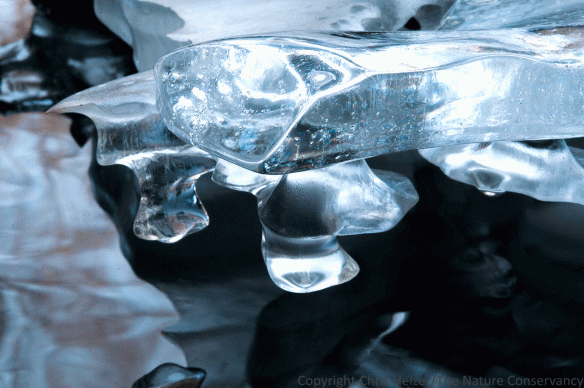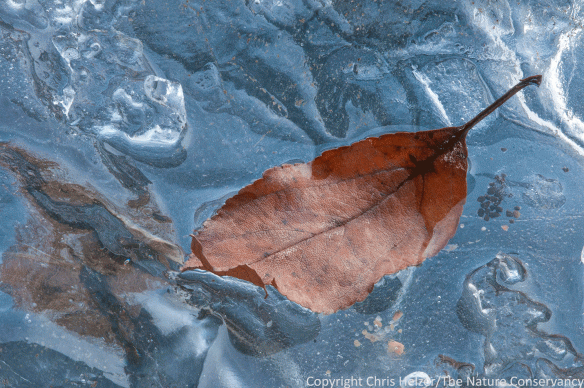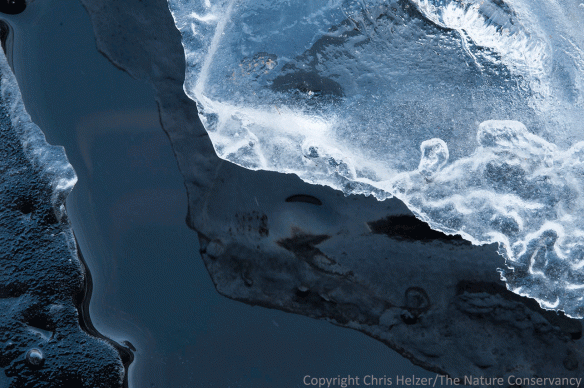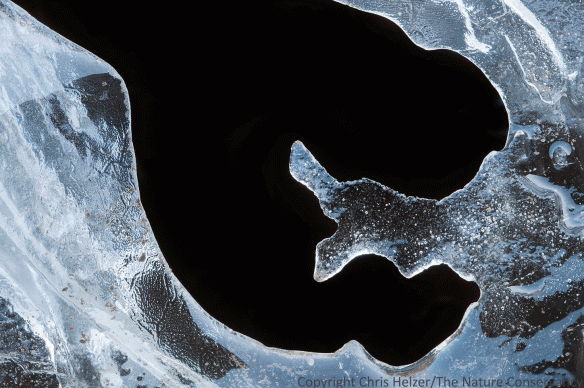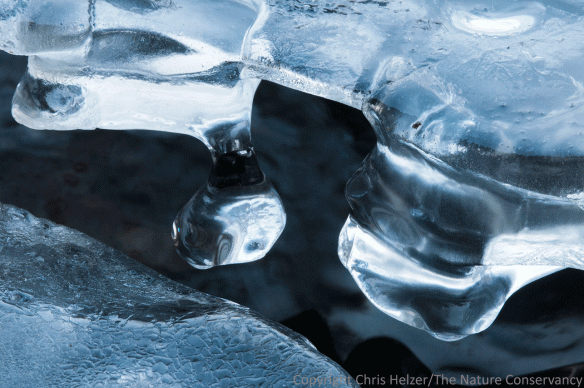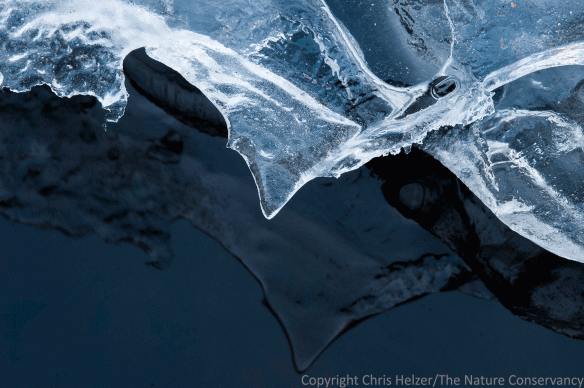Below are two photos of a creek and associated wetlands taken by a timelapse camera. The first photo was taken in early June, 2015 and the second photo was taken about a month later. Looking just at those two photos, you’d think nothing much was happening.
However, now look at the next photo, which was taken in mid-June. After some rains in early June, the stream swelled and filled much of its floodplain, and that high water lasted a couple weeks before it came back down again. The photos show how dynamic a stream and its floodplain can (and should) be.
The area in these photos is a restoration site that was formerly a sand pit lake left behind after gravel mining. A stream flowed into the narrow lake on one end and out the other, and the lake was surrounded by spoil piles and trees. After restoration, the site now has a couple stream channels, some adjacent wetlands, and provides wide and open habitat for a diverse number of aquatic and terrestrial animals. In addition to providing great wildlife habitat and a diverse plant community, though, the restored site also improves the floodplain functionality of this stream.
Flooding is a natural and important process, and floodplains play an essential role in that process. After big rain events, streams quickly gain water that has to go somewhere. Ideally, that water spreads out into a floodplain where it slows down and sits until it either drains into the soil or gradually is allowed to proceed downstream. When we restrict or block access of streams to their floodplains, floodwater is forced downstream in a torrent and sometimes breaks out from its restraints, causing unexpected and often catastrophic damage to property.
The 10 second timelapse video below shows (on a small scale) the kind of gentle rise and fall of water levels a functioning floodplain can facilitate. The images in the video were taken between June 3 and July 1, 2015. The water level came up fairly quickly between June 4 and 5, remained high for a couple weeks, and then dropped slowly back to where it had started. Just like it was supposed to.
(If the above video doesn’t work, try clicking on the title of this blog post to open it in a web browser and then try again. If that doesn’t work, try just following this link.)




